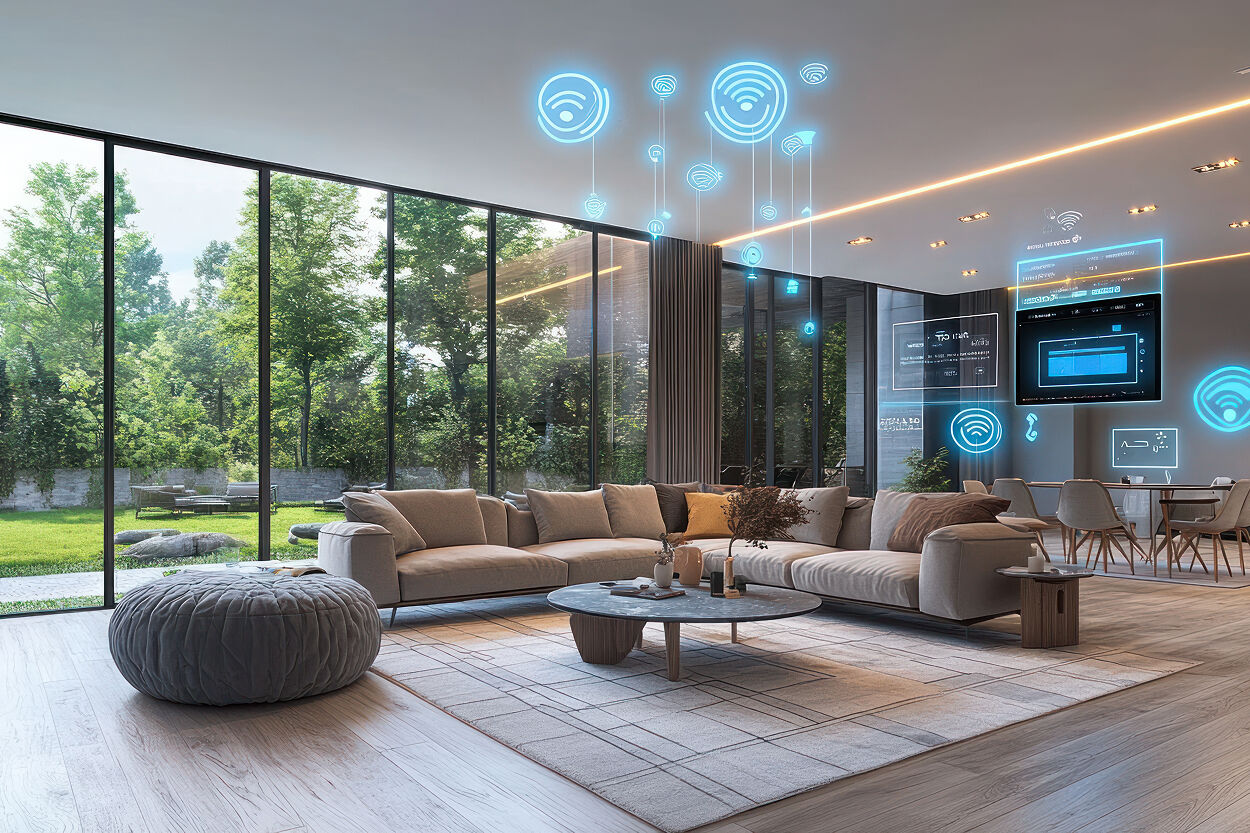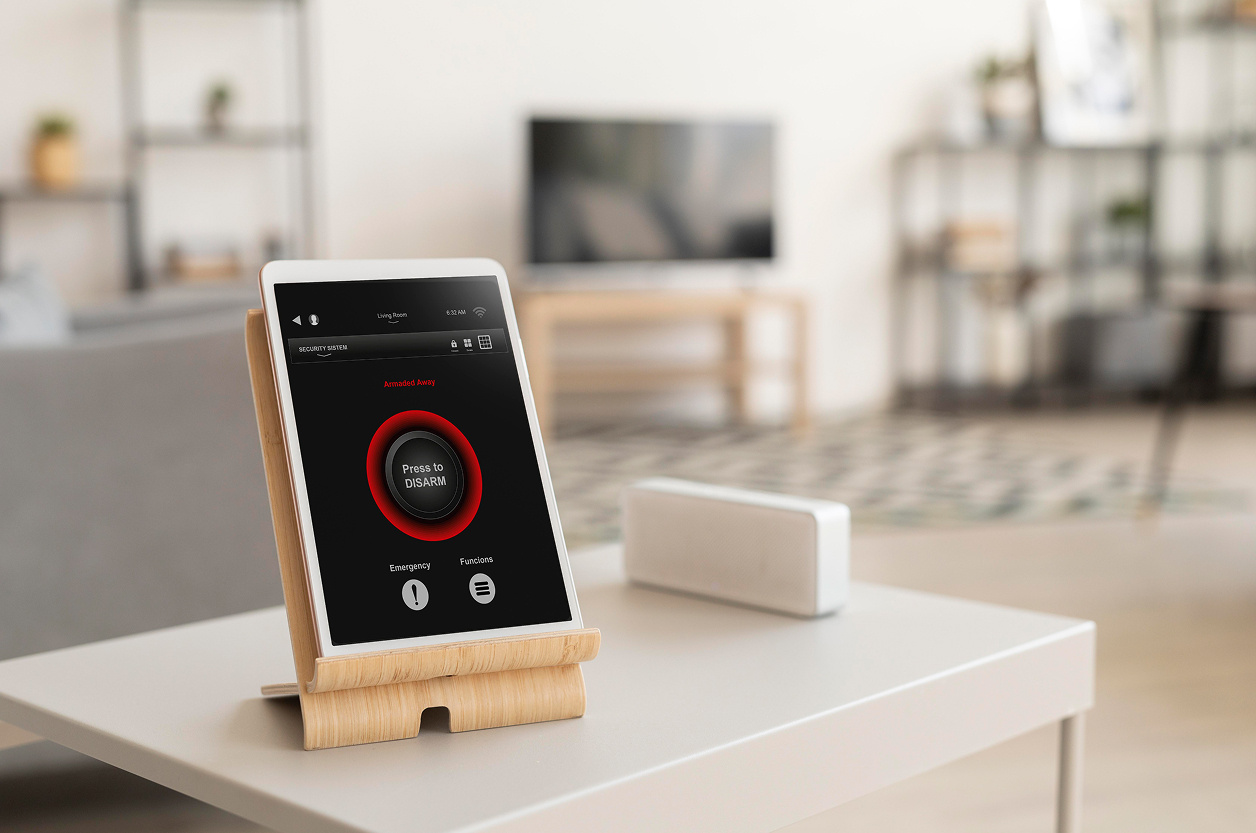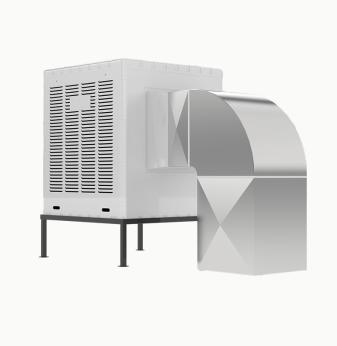Energy-Efficient Design Strategies for Smart Home Devices

Why energy efficiency matters in smart home devices
The smart home market has grown rapidly, bringing with it a wide array of connected devices that control lighting, heating, security, entertainment, and appliances. While these innovations enhance comfort and convenience, they also raise concerns about energy consumption and environmental impact.
Energy efficiency is no longer a feature reserved for eco-conscious consumers; it is becoming a competitive necessity. Regulations in many regions now require certain classes of devices to meet strict energy standards. In addition, consumers increasingly view energy-efficient devices as an investment that lowers long-term costs.
Designing for low power consumption not only benefits the environment but also enhances device performance. Lower heat output improves component lifespan, while reduced battery drain extends operating time for wireless devices. These factors can significantly improve the overall user experience.
Core strategies for designing energy-efficient smart home devices
Reducing power consumption begins with the hardware. Selecting low-power microcontrollers, efficient wireless modules, and optimized power regulation circuits can have a profound impact on a device’s overall energy profile. For battery-powered devices, features like deep sleep modes and energy harvesting technologies can further extend life between charges.
On the software side, energy efficiency is achieved through intelligent power management algorithms. For example, sensors can be programmed to wake only when necessary, or to adjust their sampling rate based on detected activity. Predictive algorithms can anticipate usage patterns and adjust device behavior accordingly.
Connectivity is another important factor. While Wi-Fi is common, it can be power-hungry for small devices. Alternatives like Zigbee, Z-Wave, Thread, or Bluetooth Low Energy can reduce power demands while maintaining reliable communication.
Thermal management should also be considered. Efficient heat dissipation ensures that components operate within their optimal temperature range, avoiding excess energy loss and preventing thermal degradation over time.
Key questions for developing energy-efficient smart home solutions
- Which communication protocols balance energy efficiency with range and data rate requirements?
- How can predictive algorithms be used to anticipate and reduce unnecessary device activity?
- What role can renewable energy sources, such as indoor solar harvesting, play in powering smart devices?
- How can designs account for both initial energy efficiency and the ability to adapt to future usage patterns?

Examples and industry trends
In lighting systems, energy efficiency is achieved through LED technology paired with smart dimming and occupancy sensing. These features ensure that lights operate only when needed and at optimal brightness levels.
Smart thermostats are another example, using AI algorithms to learn user behavior and adjust heating or cooling accordingly. This not only reduces energy consumption but also improves comfort by anticipating preferences.
Security cameras and sensors are increasingly adopting low-power designs, enabling longer battery life and less frequent maintenance. Some models now use motion-triggered recording combined with edge processing to avoid constant data streaming.
Manufacturers are also looking at sustainable materials and modular designs that extend device lifespan and reduce waste. Longer-lasting devices mean fewer replacements, further reducing the overall energy footprint of a smart home ecosystem.
The future of energy-efficient smart home devices
As smart home ecosystems expand, the cumulative energy consumption of connected devices will be under greater scrutiny. Future designs will likely integrate AI-powered energy optimization that works across the entire home, not just individual devices.
Edge computing will play a bigger role, allowing devices to process data locally and avoid constant cloud communication, saving both energy and bandwidth. Additionally, integration with renewable energy sources will become more common, enabling devices to operate partially or fully off-grid during certain periods.
The focus will not be solely on individual device efficiency but also on system-level coordination, where multiple devices collaborate to reduce energy use without sacrificing user experience. This holistic approach will define the next generation of sustainable smart homes.
Our Case Studies








